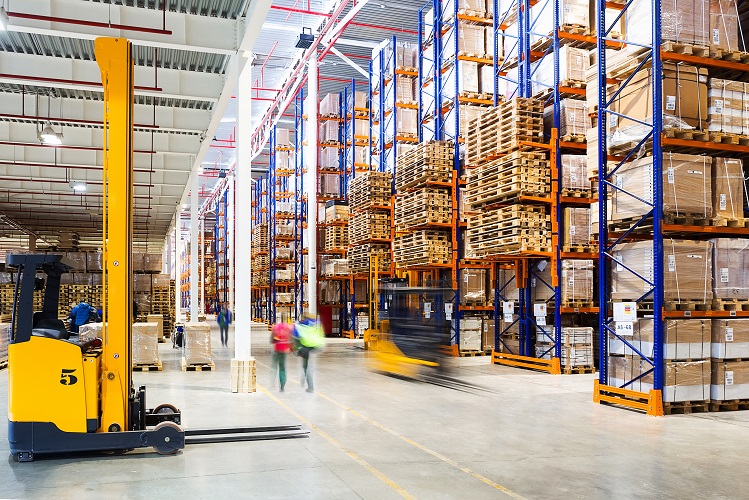So you’ve carried out a COVID-19 risk assessment and are getting to grips with new safety measures – but could you be doing more to protect your staff and suppliers? Even with a range of guidance to rely on, many warehousing businesses are missing hidden hazards, meaning their coronavirus control plans aren’t as solid as they should be.
 The experts at Southalls, the UK’s fastest-growing health and safety consultancy, reveal the five easy-to-miss areas that could raise your transmission risks – and offer specialist advice on filling the safety gaps.
The experts at Southalls, the UK’s fastest-growing health and safety consultancy, reveal the five easy-to-miss areas that could raise your transmission risks – and offer specialist advice on filling the safety gaps.
Fire risk assessments
- Review your fire risk assessment to ensure you have an adequate number of fire marshals on-site at all times. If you have fire marshals who are shielding or on furlough, you may need to train additional staff to make up the shortfall.
- Evaluate the fire sweeping routes assigned to your fire marshals and update documentation with any changes.
- Keep your fire marshals in the loop with amended processes and provide copies of up-to-date documentation.
- Confirm that the location of your assembly point allows for effective social distancing, where possible.
- Check you have adequate stocks of hand sanitiser at assembly points or building entrances to promote good hand hygiene as staff make their way back inside.
- Work with a health and safety expert like Southalls to maintain a regular schedule of Fire and DSEAR assessments. An ongoing prevention programme will clarify your compliance responsibilities, address hazards across your premises and establish an effective emergency plan.
First aid
- Take stock of your first aid provision to make sure you’re covered for onsite first aiders during every shift. If a number of your first aid team are out of the business due to shielding or furlough arrangements, train up other members of staff to fill the gaps.
- While an extension to first aid certificates was granted for three months, training is once again available. Any employees holding expired certificates should be booked onto a course by 30 September 2020.
- Bring staff up to date with changes in guidance for CPR on adults due to COVID-19. Rescue breaths are no longer recommended, and helpers are encouraged to stay two metres away from the casualty if possible. Read more about updated CPR guidelines here.
Legionella
- Continue to flush any little-used outlets, such as closed office areas, on a weekly basis and make a record of your checks.
- Investigate whether your legionella risk assessment needs updating in light of changes in the way you operate.
Food safety
- If you operate a canteen or have canteen providers, water fountains or vending machines, your risk assessment may need amending to cover the dangers of COVID-19 transmission.
Manual handling
- Revisit manual handling assessments to limit the need for physical contact with goods, introducing manual handling aids as needed. Remember to communicate any procedural changes to your team and perform regular checks to ensure compliance. An online safety management package like Southalls Safety Cloud software can boost consistency by making all current documents, policies and practices visible via a central cloud-based tool.

Through either an onsite visit or phone consultation, Southalls COVID-19 Compliance Check locates weak spots in your coronavirus safety measures and provides detailed reviews and recommendations in a full follow-up report. For longer-term support, hundreds of warehousing businesses rely on Safety Plus managed health and safety consultancy to reduce risk, maintain compliance and keep pace with changing regulations. Visit southalls.com to learn more.




Comments are closed.